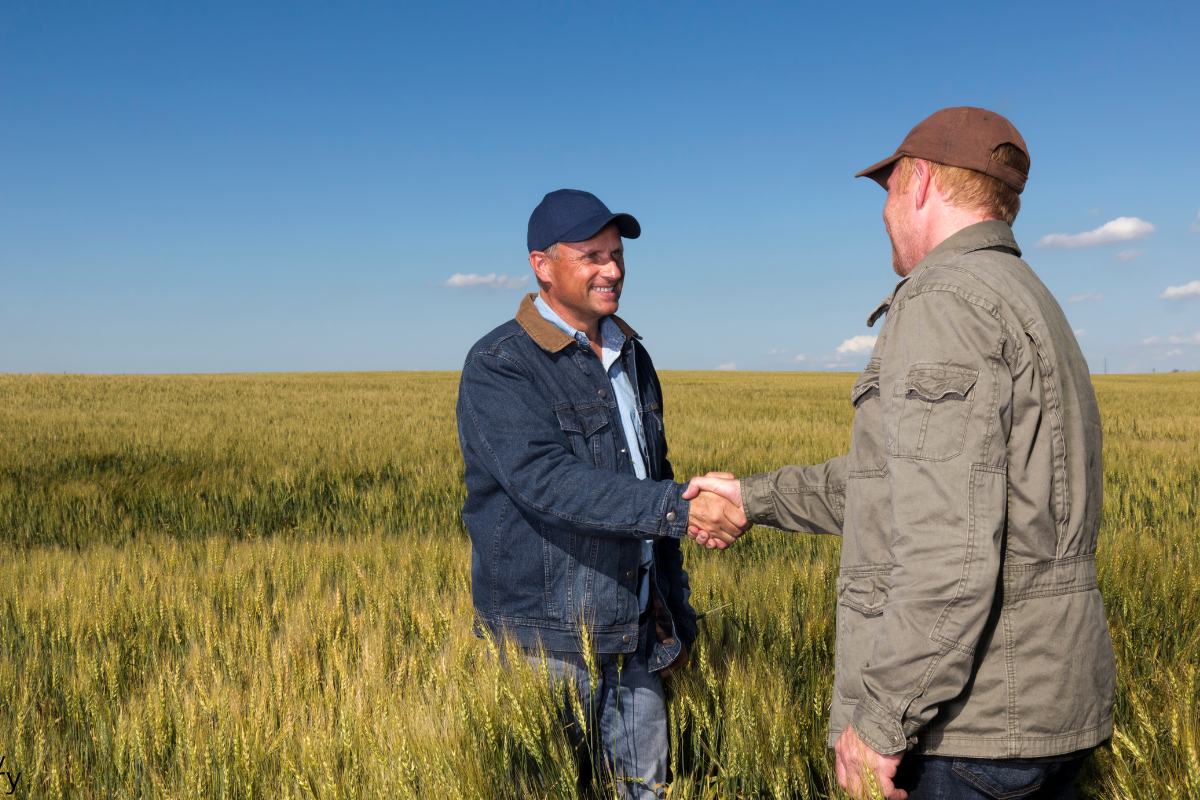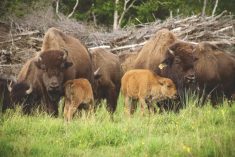Between the 1975 Census of Agriculture and the most recent, 2021, Census, the share of rented farmland has increased from 30 to 39 percent across Canada. This percentage comes from Census numbers, as the share of “area rented or leased” compared to the total of the “area rented or leased” plus the “area owned.” A nine percent increase doesn’t seem too high, but this equates to 12.8 million acres across the country.
As shown in the graph at top, changes in the amount of rented land vary by province. In Quebec, only 20 percent of land was rented in 2021, while in B.C., 46 percent of farmland was rented.
The provincial-level information shown in this chart masks variability within each province. For example, while on average 32 percent of land is rented in Ontario, in the Hamilton Census subdivision, 46 percent of land is rented. While the average share of rented land in Saskatchewan was 41 percent in 2021, in the southeast Saskatchewan subdivision of the rural municipality of Griffin, only 24 percent of land was rented. On average, 43 percent of farmland was rented in 2021, but in the Peace River Census subdivision, the ratio was 50 percent.
Read Also

Are you ready for farm succession?
What motivates some farmers to make a succession plan while others don’t seem worried.
Why there are less land rentals in Quebec versus other provinces
Martin Caron, President of the Union des producteurs agricoles (the Québec farmers’ union), offers the following explanation: “In Québec we have smaller lots than most other provinces. It’s not uncommon to have lots of four hectares. In other provinces they divide large tracts of land into parcels, but Québec already has many small lots of 10 hectares or less. For example, a consultation carried out in just three of Québec’s 17 regions showed that there were 55,000 lots of 10 hectares or less in those regions alone.
In 1978, Québec enacted the Loi sur la protection du territoire agricole du Québec (Act to Protect Agricultural Land) and instituted the Commission de protection du territoire agricole du Québec (Commission to Protect Agricultural Land – CPTAQ), which was tasked with overseeing the application of the law. This changed the game. Before this people would hang on to their agricultural land, planning to de-zone it and do something non-agricultural with it, like build houses. But when the law came into effect, suddenly they couldn’t do that. They realized that even if they kept the land, they couldn’t put houses on it or use it for any other non-agricultural activity because they’d have to run their plans through the CPTAQ. So, more often than not, landowners would sell the lots rather than keep them or rent them, especially if they weren’t agricultural producers.”
















